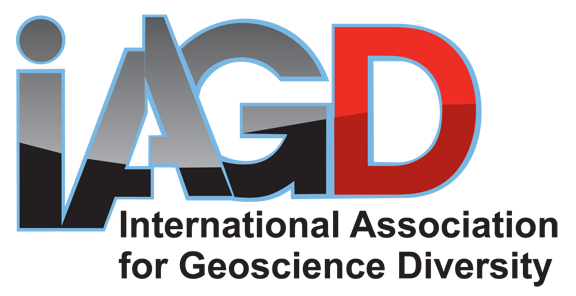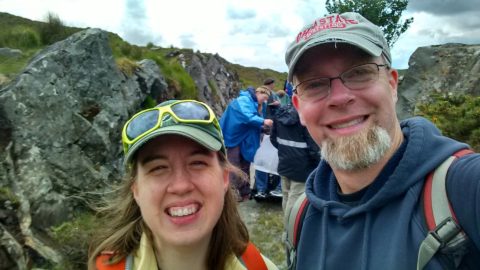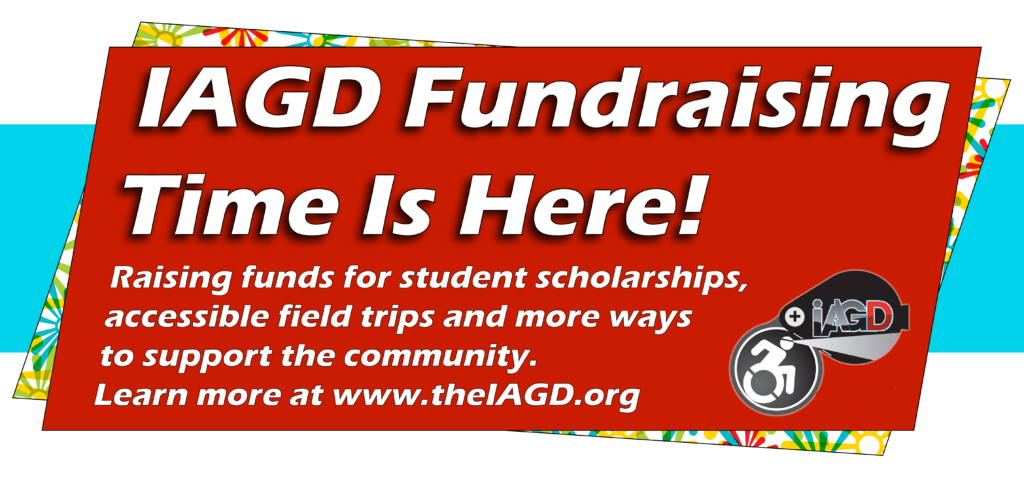Imagine pursuing a degree that requires you to understand caves, mines or other rugged geological formations. Now imagine trying to do your field studies in a wheelchair.
Concerns like that may be rendered moot if virtual technology being developed at Ohio State University and Georgia State University bear fruit.
The two institutions, tapping the power of the Ohio Supercomputer Center, are in the early stages of a study to show whether a virtual environment can be built that is powerful enough to give students and others with disabilities the virtual field experience they need to enter the geosciences in increased numbers.
Financed with a $202,744 grant from the National Science Foundation’s Opportunities for Enhancing Diversity in the Geosciences Program, the two universities are in the first year of a two-year project to bring such a vision to life.
“The idea is that, because of their disability, it’s difficult for them to go out into the field,” says Don Stredney, OSC senior research scientist for biomedical applications and director of the center’s interface laboratory. “We looked at how we can use simulation and virtual technologies to emulate what it would be like to go there, and whether you could teach principles that you’re trying to convey about aspects of geosciences by doing it through a virtual environment.”
The project follows a $39,980 OEDG planning grant last year to design the research. Christopher Atchison, a former graduate research assistant at OSC and now part of the team as an assistant professor of geosciences education at Georgia State, received a separate $10,480 grant to cover involvement of students with mobility impairments during the planning grant work.
The team will use structural data obtained from the Cave Research Foundation and high-precision data collected by laser remote-sensing technology and high-resolution digital photography to build a virtual environment that mimics a typical field outing. Later in the project, students will be placed in the various environments to test their effectiveness as a field learning tool.
A successful project might open up doors not just for those with physical disabilities, but for a wide range of people studying about and working in geosciences – or other fields. The oil and gas industry might be able to benefit from virtual technologies, Stredney says, as well mining personnel who need to know the structure of a place without going there in person.
“I don’t see any limits whatsoever.”
Source: Don Stredney, the Ohio Supercomputer Center, and OSC Communications
Writer: Gene Monteith
For more, visit the inVelocity press release.





